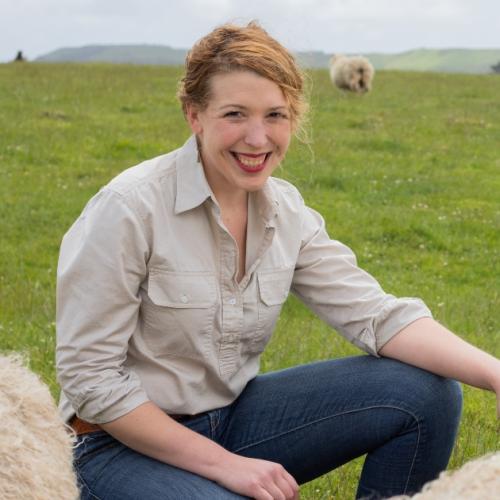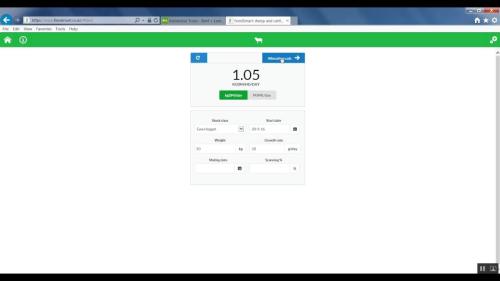Search results
Displaying 371 - 380 results of 1231
- Video… developed by Beef + Lamb New Zealand and the Red Meat Profit Partnership. …
- Factsheet… cool sheep programme reducing methane emissions new zealands … availability low methane rams breeding sector time farmers able use credentials low … few tools available farmers new zealands red meat wool exporters telling lnz greenhouse gas …
- Podcast… about their job and what they provide for our red meat industry. Much of the information from … topics while keeping busy on-farm. We’ve covered everything from farm Health and Safety to …
- Factsheet… between sites increasing feeding rate reduced advantage creep grazing can also reduce subsequent feed quantity feeding rate 4 … old pasture new pasture pasja chicory red cloverchicory mix lambs demonstrated clear …
- Editable PDF… specific financial investment advice tailored particular circumstances bakerag liable … more jobs when analysing forestry sheep beef sector contributions region found while sheep … fulltime labour units per 1000ha stock agents meat works also operate wairoa community 55 …
- News… has more than 30 years’ experience in the sector and his leadership skills and knowledge … the opportunity to serve New Zealand’s red meat sector in a governance role. “B+LNZ … Lamb New Zealand (B+LNZ) and the New Zealand Meat Board (NZMB). …

- News… The research, commissioned by B+LNZ and the Meat Industry Association (MIA), showed that a … is just under 22kgs – making the country’s red meat among the most efficient in the … and Federated Farmers to reaffirm the primary sector partners’ united front on emissions …

- Podcast… Butcher”. Her passion is creating purposeful meats from New Zealand products and to create … her along with how to get the most out of NZ meat products. Check out Hannah’s webpage ' A Lady Butcher ’ along with the Meat Business Women - the professional …

- Factsheet… technique adapted waikato farmer claire bull reduce chance bloat artificially reared lambs technique involves adding yoghurt … gut also improve immune function can reduce scouring yoghurt also contains …
- News… Collectively the red meat sector produces almost $12 billion in exports … on New Zealand farms and more than 2,000 suffered serious injuries that forced them off work …

